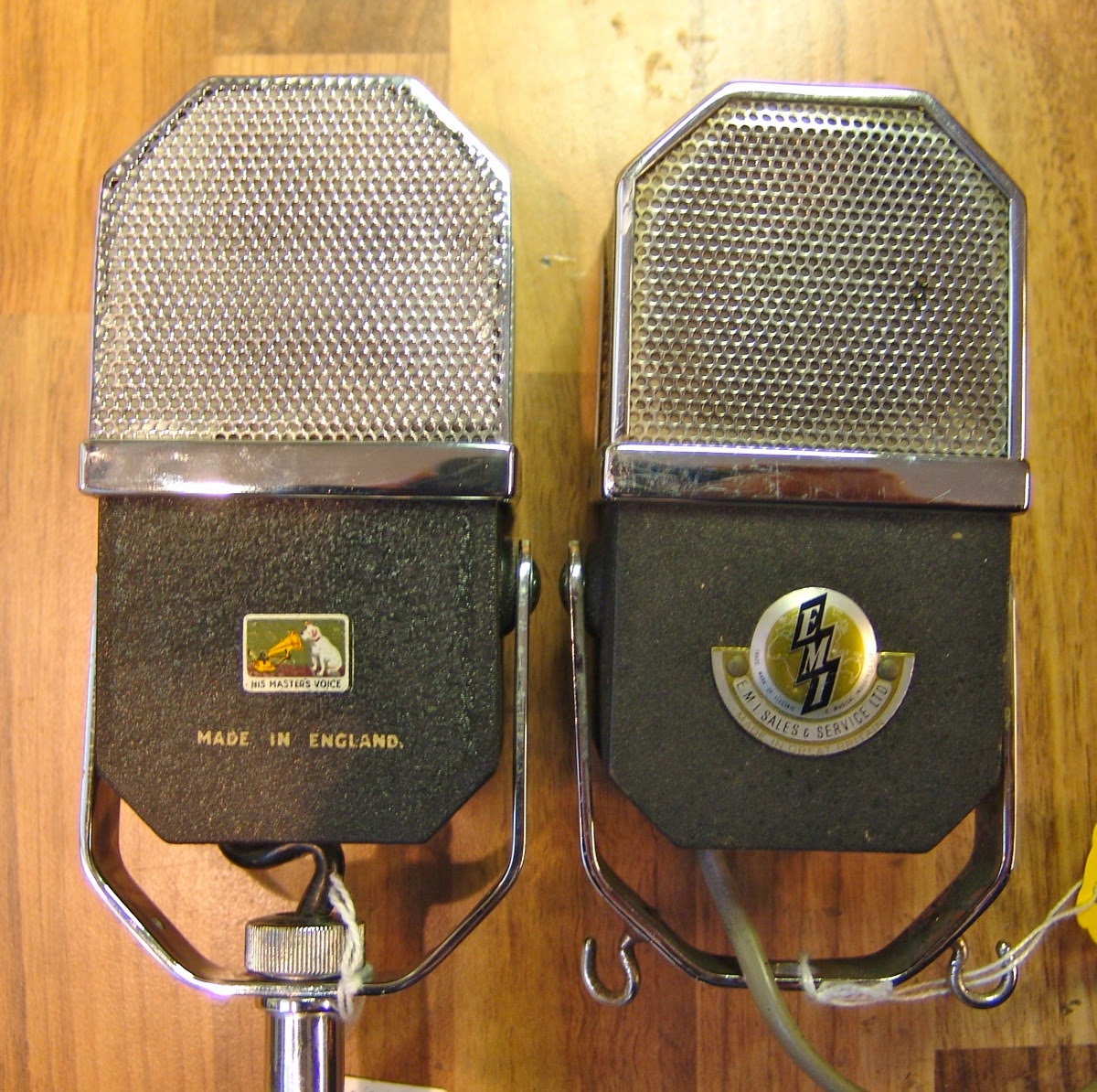I have read a few posts on internet forums wherein the transformer is removed from Shure mics such as the SM57. This will inevitably reduce the output level and also reduce the impedance to that of the capsule alone, and will of course remove any chance of overloading the transformer! Which means that the result is a quiet mic with low output, perfect for putting close to a drum head.
I decided to try it out. I had a Shure Unidyne 545 with a faulty transformer, so I took that out and wired the capsule directly to the output socket. The result was absolutely ideal for close-micing snare drum.
One of my regular customers asked about making this into a switchable feature. Well why not? With a double-pole double-throw switch it should be possible. The only challenge was finding a switch small enough. In the end, after trying several brands, I found that a spare switch for a Fender Jaguar would fit… but only just!
Firstly the capsule needs to be removed, unsoldered and new wires attached to the capsule. I also ran new wires to the XLR socket to be safe. The mic is filled with quite a lot of sticky brown gunk so that slows down the work.
The trick is to fit the switch from the outside of the microphone, and so the wires need to be fed out through the switch slot. It looks a mess in this state, so they are trimmed back to roughly equal length and soldered to the switch, and it all goes back together. I marked the transformer position with an X. (‘Trans’ in Latin can mean ‘cross’ or ‘across’, and X is a cross!).
Here is my sketch of the circuit, with the capsule on the left and the XLR on the right. Note that the black and white transformer wires are a high impedance winding and are not used in this circuit. Transformer wire colours may vary for other models and examples, and need to be checked before starting work.
The final job is to check the polarity of the mic against a known reference. If it is out of phase then the wires need to be swapped either at the capsule or the XLR socket.
With the transformer bypassed, the mic measures around 15 ohms at 1 Khz. The transformer brings this up to 200 ohms, and increases the output level by 10 to 12 dB. but also introduces a little bass cut. The plot below shows the difference the transformer makes. I am uncertain if the bump at around 800 Hz is real.
With the transformer bypassed, the mic can be placed close to loud sources and there is also a bass proximity effect, so the mic sounds really nice and fat!
Thanks to Lee Mouatt.


















